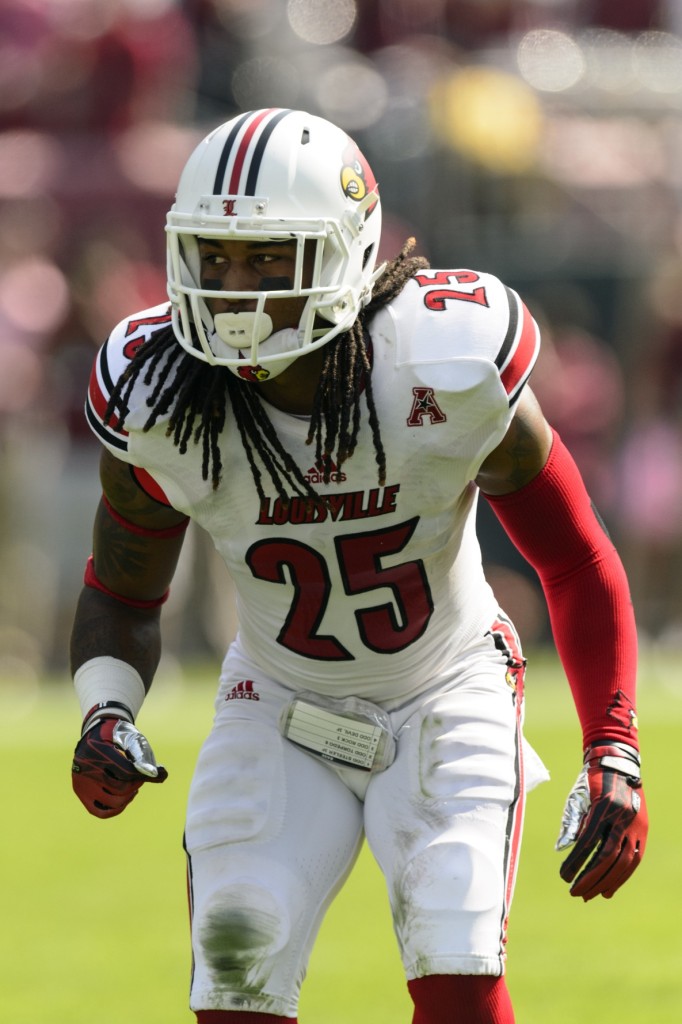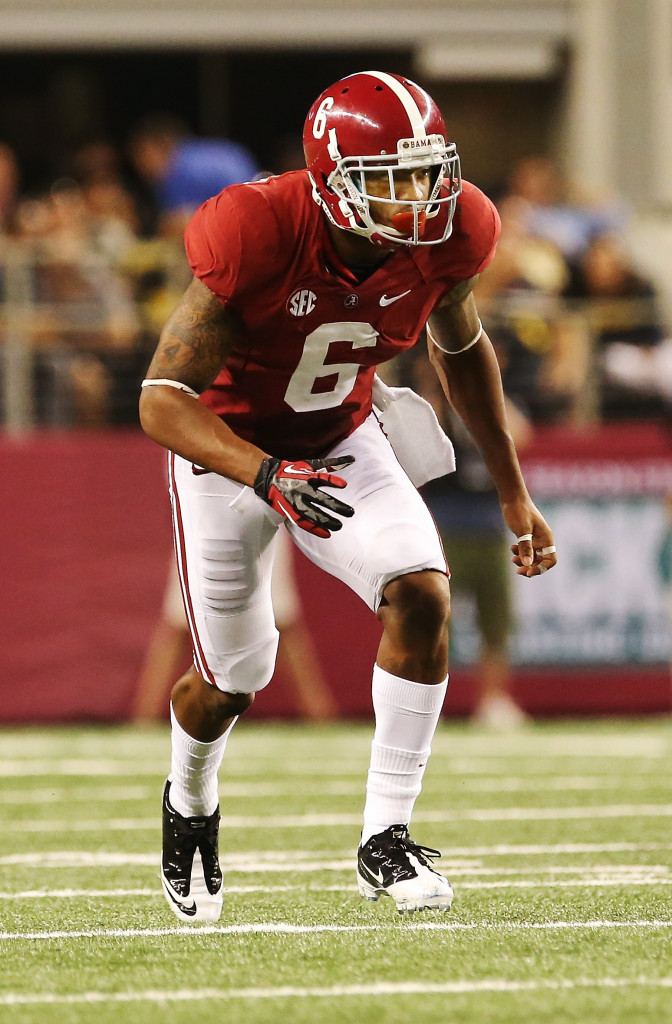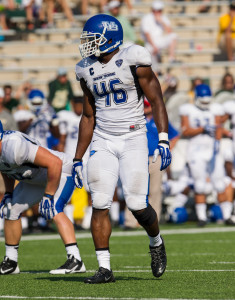Two players who received restricted free agent tenders this season remain unsigned, as Doug Baldwin of the Seahawks and Byron Bell of the Panthers have yet to accept the offers from their respective clubs. Since today is the deadline for either player to sign an offer sheet with a rival club, it’s worth taking a closer look at exactly what restricted free agency entails, and how it works.
Restricted free agency applies to players who have exactly three accrued seasons, meaning they’ve been on a full pay scale for at least six regular-season games in three years in the NFL. Players with fewer than three accrued seasons and no contract are exclusive rights free agents, while players with four or more accrued seasons are eligible for unrestricted free agency. For draftees, the default rookie contract runs for four years, meaning those players will generally be unrestricted free agents when their original deals expire.
As such, restricted free agents are generally players who aren’t coming off traditional rookie contracts. Baldwin, Bell, Broncos cornerback Tony Carter, and Lions running back Joique Bell are among the notable players who were restricted free agents this offseason, and all four guys went undrafted out of college.
As the name suggests, restricted free agency limits players from negotiating freely with all potential suitors. Unsigned players don’t become restricted free agents by default after their third accrued season — the player’s previous club must extend the player a qualifying offer, also known as a restricted free agent tender, to ensure that the player doesn’t become unrestricted. The amount of that offer varies depending on how much the team is willing to pay for one year of the player’s service, and how much the player made in the previous season. For instance, in 2014, the RFA tender amounts were the following amounts, or 110% of the player’s previous salary, whichever is greater:
- $3.113MM – First round tender
- $2.187MM – Second round tender
- $1.431MM – Original round tender
- $1.2MM – Right of first refusal only
All four tender amounts give the player’s previous club the right to match any offers for the player, so the difference in the offers – besides the salary – is related to the compensation the team would receive if the player signed with another team. For example, Baldwin received a second-round tender worth $2.187MM from the Seahawks. That means that if the veteran receiver signed an offer sheet with another team, Seattle would receive a second-round pick from that club.
Given the compensatory picks tied to those top two tenders, we typically see teams pursue RFAs who received the lower tenders. For example, Andrew Hawkins reportedly received a $1.431MM tender from the Bengals prior to free agency. Had Hawkins been, for instance, a fifth-round pick, the Browns would have had to give up a fifth-rounder of their own when they poached the wideout from their division rival. Because Hawkins was an undrafted free agent though, the Bengals maintained the right of first refusal, but didn’t receive a compensatory pick when they decided not to match the offer.
After a player signs an offer sheet, his previous team has five days to decide whether or not to match that offer, which is why leave sheets must be signed at least five days before the draft to ensure that draft pick compensation gets resolved in time. If Baldwin or Bell were to sign an offer sheet today, the Seahawks or Panthers could pick up an extra second-round pick next week by declining to match that offer. Typically, that draft-pick cost is too steep for potential suitors, so it’s more likely we’ll see Baldwin and Bell simply accept their one-year tenders, earn $2.187MM salaries in 2014, and be eligible to hit the unrestricted market in 2015.
The rules of restricted free agency apply to players as long as that qualifying offer remains in play, but teams can withdraw the QO at any time, making the player an unrestricted free agent. Additionally, restricted free agents are eligible for the franchise tag, which creates a sort of heightened version of restricted free agency — salaries are larger for franchise players, and the price tag for rival clubs to sign away a franchise player is two first-round draft picks, which is why we haven’t seen any action on Jimmy Graham this offseason.
As for exclusive rights free agency, which I mentioned earlier, it’s a more strict form of restricted free agency as well, one that essentially removes any “free agency” from a player’s decision. It applies to players with less than three accrued seasons. If a player receives an exclusive rights free agent tender from his club – which is almost always worth the minimum salary – he must either accept the offer or not play in the NFL. He’s not eligible to negotiate with any other teams.
Note: This is a PFR Glossary entry. Our glossary posts will explain specific rules relating to free agency, trades, or other aspects of the NFL’s Collective Bargaining Agreement. Information from OverTheCap.com was used in the creation of this post.


